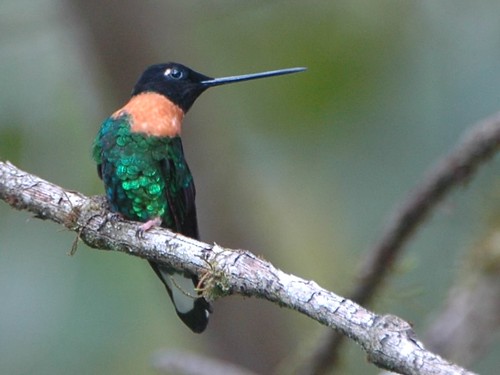Love this parryi. Brought him home from the school garden two years ago, after the district banned spiky plants. Sun, snow... he doesn't care. Errant leaf is from one of the recent Santa Anas. On the right is Salvia mexicana 'Limelight.'
Much for me to be thankful for. Family, friends, beautiful weather, home, health, the whole week off for dogs and gardening and walks and tamales. I'm very fortunate: all loved ones and I live safe and sound here in the most beautiful region on earth.
Over to you, Pope Francis:
A prayer for our earth
All-powerful God, you are present in the whole universe
and in the smallest of your creatures.
You embrace with your tenderness all that exists.
Pour out upon us the power of your love,
that we may protect life and beauty.
Fill us with peace, that we may live
as brothers and sisters, harming no one.
O God of the poor,
help us to rescue the abandoned and forgotten of this
earth, so precious in your eyes.
Bring healing to our lives,
that we may protect the world and not prey on it,
that we may sow beauty, not pollution and destruction.
Touch the hearts
of those who look only for gain
at the expense of the poor and the earth.
Teach us to discover the worth of each thing,
to be filled with awe and contemplation,
to recognize that we are profoundly united
with every creature
as we journey towards your infinite light.
We thank you for being with us each day.
Encourage us, we pray, in our struggle
for justice, love and peace.
And a favorite quote from a rabbi: "Our prayers are answered when we are moved to do all that we can."
********
Looking south into the sun this morning. The cholla at upper right, behind the Opuntia basilaris in the old feed trough, looks like an x-ray of itself, spines translucent in the sunlight. That's a little Russelia equisetiformis in the foreground.
Last Sunday, looking north at the same group. That broken pot was one of my favorites :~( I am never throwing it away. To the left of the cholla is a new Opuntia azurea, the second one I've brought home from a UC Riverside Botanic Gardens Plant Sale. Love those spines.
I stumbled across this Gymnocalycium chiquitanum over at the Mexican Hat Cactus Nursery and couldn't leave without it. It should look more like this. (Scroll down a bit). Beautiful flowers. Needs new soil and a sip of water. Think I'll keep this one inside for the winter.
The closing-shop sale at the
Mexican Hat Cactus Nursery was mostly rained out last weekend, and so there are still a few days to visit and grab some very nice plants. There are BIG golden barrels (>2 feet across) for $50 and under, a gorgeous big Aloe marlothii, a huge Agave titanota, and lots of smaller plants. The nice people running the sales will help you dig up plants (if necessary — lots of choice stuff in the ground) and help carry them to your vehicle. No need to bring the wheelbarrow! Cash only. Black Friday freeway traffic will probably be insane, but towards the end of the week I'd like to drive back to the Mexican Hat for one last visit, maybe buy two or three more plants... two big golden barrels to flank the front door...? Hmmm...
Links:
Few things are more beautiful than a Monarch chrysalis, but I'll nominate a Monarch chrysalis hanging on an agave leaf. From a local blog, too:
click here, then scroll down and click to embiggen. Also
check out this link from the comments: more about the native vs. tropical milkweed debate, by a UC Davis professor. ("Ideologue"? Ouch. Big native plant advocate here, and wouldn't plant tropical milkweed, but look at my patio: I just bought two cactus from Bolivia, for Pete's sake.)
Meanwhile, east of the Mississippi... Julie Zickefoose is an
artist and author from Ohio. She has a wonderful blog that I've been following since Chet Baker was a pup.
Right now she is getting her garden ready for winter. Japanese maples, sweet potatoes, the story of 'Rio Samba' and the zinnia... and Boston Chet warming himself by the fire. Love that boy.
In the background as I blog, inimitable
Chavela Vargas is singing the milonga-candombe 'Negra Maria.' True sad song (and yet so danceable) set during Carnaval in Buenos Aires. Great mix: milonga and candombe from Africa, adopted by descendants of Europeans in Argentina and Uruguay, where these musical influences were crucial to the birth of the tango. And speaking of tango, here's the awesome
Gabriel Missé dancing with Analía Centurión at a studio in New York City. Skip ahead to 15:10 and watch them go all Corny Collins Show to
Little Richard's Long Tall Sally. (Can't miss Little Richard's all-white 1956 audience.) In my fantasies, warring factions and evil despots hear this song on the radio, and they all put down their weapons and start to dance.
















